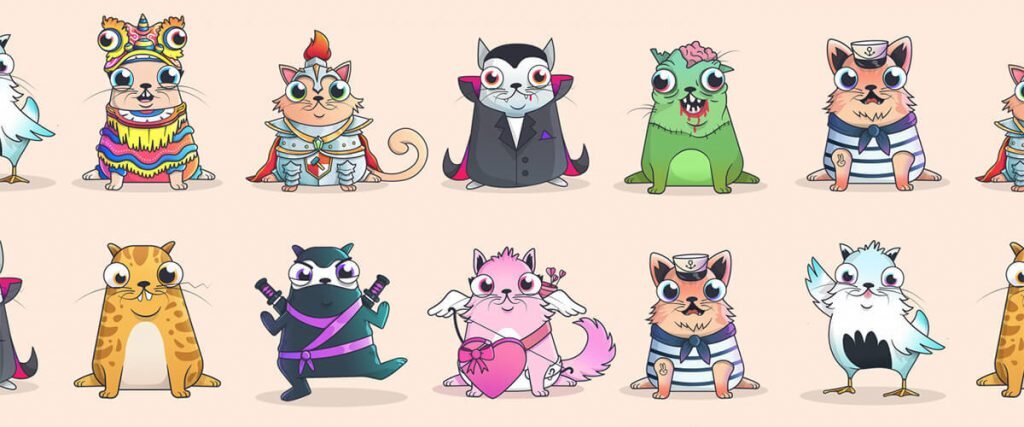Cryptomania and NFTs and Beeple, Oh My!
What does it all mean for the world of Art and Tangible Personal Property?
If you’re reading this, you’ve already learned, at least a little bit, this new language, or added some Crypto like Bitcoin or Ethereum to your financial portfolio. If you're a newcomer, fear not, as this epic glossary is very helpful when it comes to demystifying this elusive form of money. Believe it or not, the digital currency industry is already 12 years old. Who knew that CryptoKitties would spur a new financial frontier in cyberspace while, at the same time, reframe how people appreciate and value Art and Collectibles?
Perhaps it was the $69 million sale of the Beeple artwork at Christie’s this March that finally caught your attention. The record-breaking sale of the digital work Everydays: The First 5000 Days catapulted the artist (née Mike Winkelmann), into third place for the most expensive living artist to date. He is now in the company of art titans David Hockney and Jeff Koons. In 2018, Hockney's painting Portrait of an Artist (Pool with Two Figures) sold for $90.3 million; in 2019 Koons' stainless steel sculpture Rabbit topped the list at $91.1 million.
It’s important to note that the valuations of NFTs run parallel to the valuation of traditional art as they both rely on provable scarcity, uniqueness, and tradability. “Provable” relies upon the track records of previously recorded sales results; “uniqueness” depends upon connoisseurship and desirability; “scarcity” leads to value; and “tradability” ensues. Think of the prints and multiples market. Multiples now can have a cryptographic signature which adds a new layer authenticity, i.e., security. Gen Z and Millennials don’t want to worry about which scholars to trust when it comes to artworks, and NFT’s can do all of that with a little piece of licensed code.
In terms of original works, NFTs place everyone into the role of the public benefactor (now we can all own a piece of the Mona Lisa) and the world wide web has become the ‘worldwide gallery’. Fractional ownership has turned a virtual corner. Fractional ownership means you can divvy up shares in one piece of art or attach powerful Smart Contracts to the token so that if you sell it, a pre-agreed portion of that sale goes to the artist. For an artist to receive royalties from their own artwork (like music or books) is a game changer.
The arrival of NFTs marks the onset of a new revolution in economics as money is pouring into this industry and has tons of celebrity endorsements from Lindsay Lohan tweeting about Bitcoin to Serena Williams partnering with Alexis Ohanian, the co-founder and CEO of bitcoin rewards start-up Lolli. This pageantry reminds us that the art market continues to remain unregulated and equivalent to the Wild West. Transparency is not its strongest suit. But, in order to generate capital, there needs to be a ‘game’ so that buying is fun. This is where NFTs come in because designing token economics creates a pursuit of interest, as well as ROIs. In this sense, NFTs are a model of empowerment. The “tokenization of artworks,” similar to music sampling where remixing/mashups are made, is becoming a new genre with transparent sourcing.
Co-Authored by: Lynn Magnusson, ASA, AAA, ISA and Heather Zises, Director of Communications







